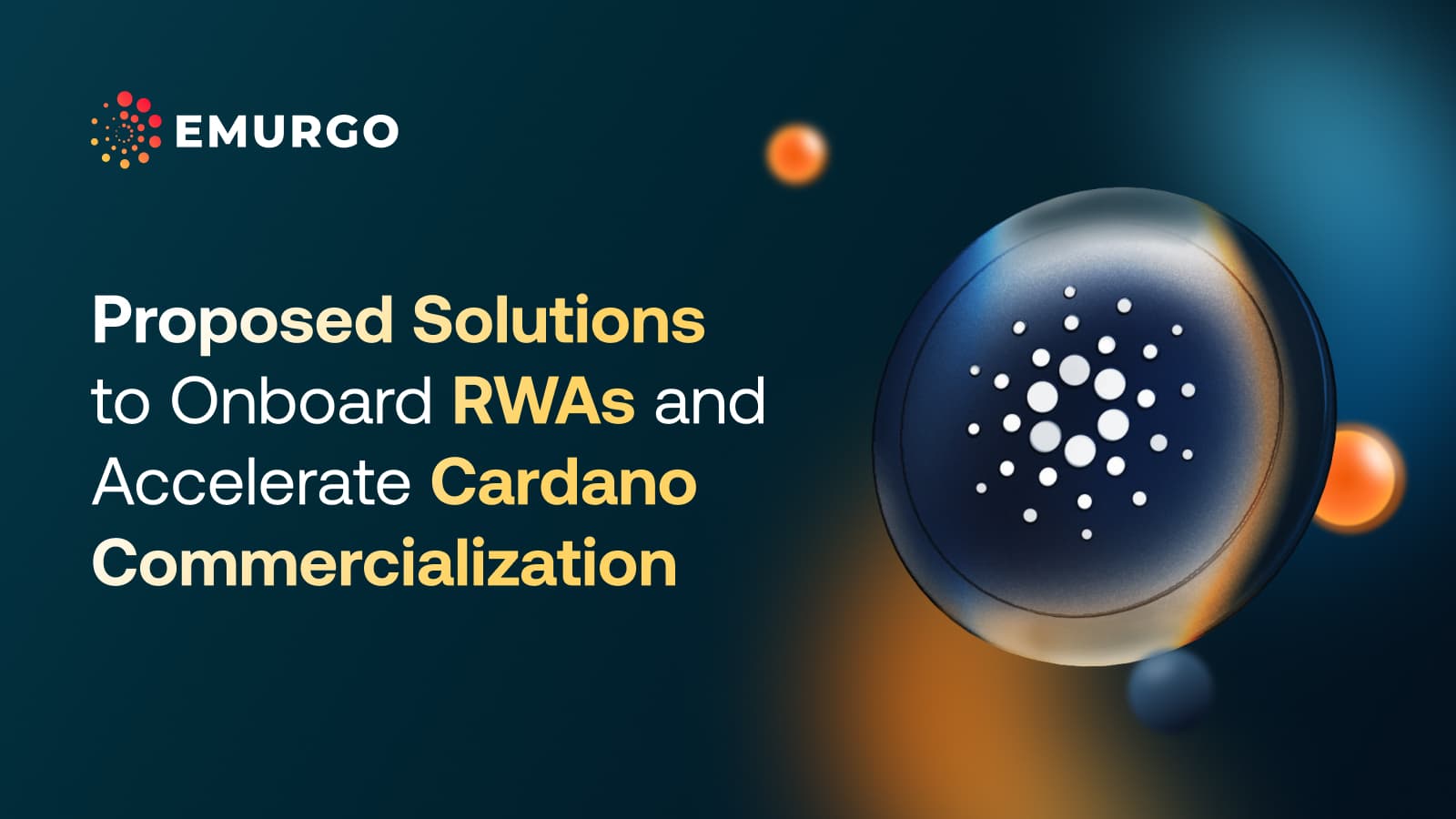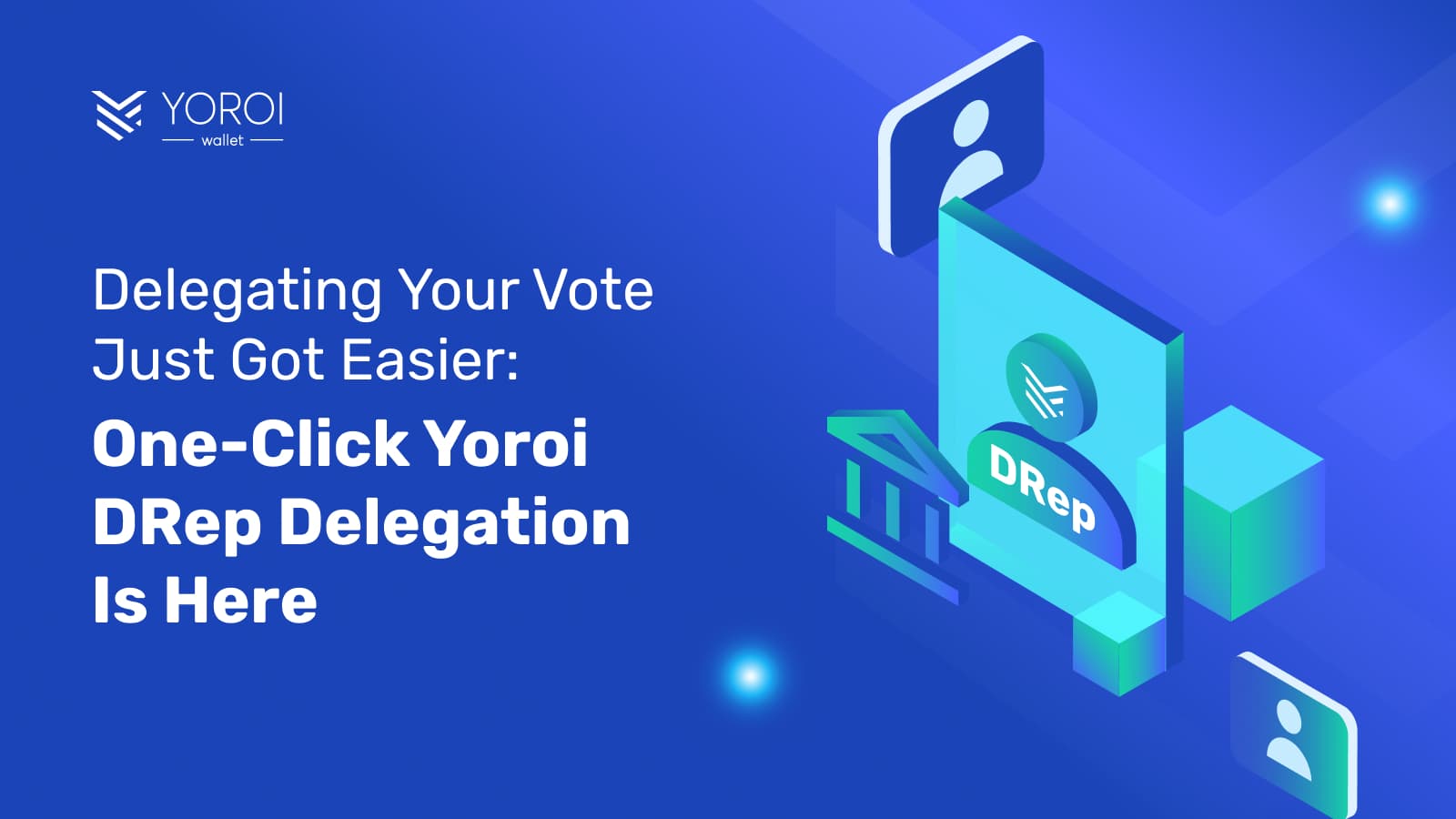NFTs (non-fungible tokens) made inroads into mainstream pop culture in 2021 and 2022. They attracted the attention of big companies, media personalities, influencers, and brands, and became a trendy buzzword.
Despite their popularity, many misconceptions remain regarding the nature and value of NFTs. This has led to misunderstandings about its use cases and the underlying blockchain technology, with some being quick to write them off as a fad focused on the trading of digital images.
This blog aims to give clear answers to commonly asked questions about NFTs, in particular those issued on the Cardano blockchain, and give users a better understanding.

- What is an NFT?
An NFT is a type of digital asset issued on a blockchain network that has a unique ID to distinguish it from others. The identifier is used to single out a particular digital token from other token types and also within a particular NFT collection. Thus, it is non-fungible.
This property means that developers and businesses can mint and use NFTs to represent a wide range of unique properties or assets, not just pictures and images.
This ability opens up a whole host of use cases that NFTs can be adapted for or created on their own, such as the tokenization of a variety of assets.
Related reading:
- How do NFTs work on Cardano?
In the Cardano blockchain network, NFTs follow what is called the native token model.
Assets are independent entities on the blockchain ledger and do not require a smart contract to be created or to exist. This model provides more power and flexibility to blockchain developers and businesses looking to create NFTs leveraging the Cardano blockchain.
A Cardano NFT is identified by a Policy ID. This is a unique identifier that is generated by a mining script used to create a token. It sets apart an NFT from other assets recorded on the Cardano blockchain.
- What is token metadata?
Metadata is data, or information, about the token. It’s a field that can be used to express many details about a particular asset.
In an NFT collection, metadata is where the creator creates the naming convention of each NFT.
Other uses of metadata and NFTs are relevant and necessary information related to the NFT such as details of a contract between parties, transaction history, source of origin, etc.
For example, if an NFT is created to digitally represent a physical diamond, the metadata can have information such as when and where the diamond was mined, authentication certifications, etc.
In Cardano, the capacity of token metadata is bigger than compared to other traditional blockchains. Hence, NFTs on Cardano can contain more data.
Read more: NFTs and token metadata 101
- Where is the media of an NFT stored?
Most times, NFTs are paired with some sort of media file that interests a user or prospective buyer. These can be images on an NFT collection, short animations, sounds, music, etc. However, these files are usually too large to be recorded on a blockchain economically.
For this reason, a supplemental technology has emerged that provides decentralized storage for these files. Networks like AIOZ Network are used to upload the media of the NFT and the hash of it is recorded on the metadata of the asset.
Read more: What is decentralized storage?
- Can Cardano NFTs be divided?
In principle – no.
An NFT is a digital asset that does not have decimals like regular tokens do. A user cannot sell or transfer half of an NFT to another person. On a distributed blockchain ledger such as Cardano, they are digitally recorded as single units that cannot be broken down.
In some cases, an NFT can become so valuable that a single individual may not have enough resources to buy it single-handedly. This is where NFT fractionalization comes into the picture.
While the original NFT is locked in a smart contract, the code of the contract creates fractions that represent partial ownership of an NFT. These fractions can then be freely traded by those who buy them through marketplaces or peer-to-peer.
For example, if an NFT were to represent a specific type of real estate, fractionalization could potentially enable multiple buyers to purchase, own, and trade portions of that particular property.

- How to buy Cardano NFTs?
There are two main ways to purchase an NFT.
First, is from the primary source, or the developer(s) that creates an NFT collection which is a series of NFTs that have a unique theme. They can release an NFT sale via a platform they create or via a third party that provides NFT minting and selling such as NMKR – an NFT and tokenization service using the Cardano blockchain.
Second, is on the secondary market. Initial buyers resell their NFTs on specialized marketplaces that can sell the asset for a fixed price or as an auction. In either case, the buyer is purchasing the NFT from a previous owner and not the original creators.
Read more: How NMKR tokenized physical diamonds
- How to search for Cardano NFTs
On Cardano, an NFT or an NFT collection is searched using the Policy ID. This identifier can be used to retrieve all the assets minted using it, such as within an NFT collection, or single tokens that have said ID.
However, searching for new NFTs that are about to be launched is different. The best way would be to follow NFT platforms such as NMKR, which provide information on new and upcoming NFT collections minted on their platform.
Another way to find NFTs is through Discord NFT communities where creators start promoting their upcoming “drops.” NFT collectors can then be ahead of the general public when looking for new NFTs that have the potential to become popular.
- How to create a Cardano NFT
On Cardano, an NFT is created using a minting script. The script generates the Policy ID of the NFT, the size of the collection, the information on the metadata, and other details. A script can be generated using the Cardano-cli or with a smart contract.
Another simpler way is by using an NFT minting platform. This could be a dApp (decentralized application) that provides a service for minting NFTs using no-code solutions such as graphical interfaces or APIs.
NMKR is an established NFT platform service that allows anyone to easily create and sell NFTs without having to be a smart contract developer. Removing this technical barrier opens up access to NFTs for businesses and individuals looking to integrate Web3 technologies.
- Are NFTs contributing to carbon emissions?
This is a misconception that comes from two sources. First, the proof-of-work (PoW) algorithm used by Bitcoin can be very energy-intensive. Second, as NFTs first appeared on Ethereum, many were concerned about their environmental impact when it was a PoW network before it transitioned to proof-of-stake (PoS).
Cardano was designed from its inception to be an environmentally friendly proof-of-stake network by employing an energy-efficient protocol. Statistics show Cardano to be significantly greener and compliant with the EU’s Markets in Crypto-Assets (MiCA) sustainability indicators.
- Who owns the Cardano NFT?
On Cardano, the native asset model allows for the ownership of an asset to be fully transferred to a buyer. On other networks, NFTs are created using smart contracts. If the code in the contract is compromised, the NFT can be deleted from the blockchain ledger including the one bought by users.
Cardano has created a different model where assets are entities on the blockchain ledger. Once an NFT is minted and a user buys it, the asset becomes the whole property of the buyer. Even if the original creators stop promoting the NFT or maintaining the website, the NFT itself will always be part of the ledger and property of the owner.
NMKR is an NFT and Tokenization platform service leveraging the Cardano blockchain. It enables businesses and individuals to easily create NFTs by providing tools that do not require coding knowledge.
As an established platform, NMKR’s services have been used by businesses, gaming projects, creators, and more to successfully mint NFTs of various assets.



